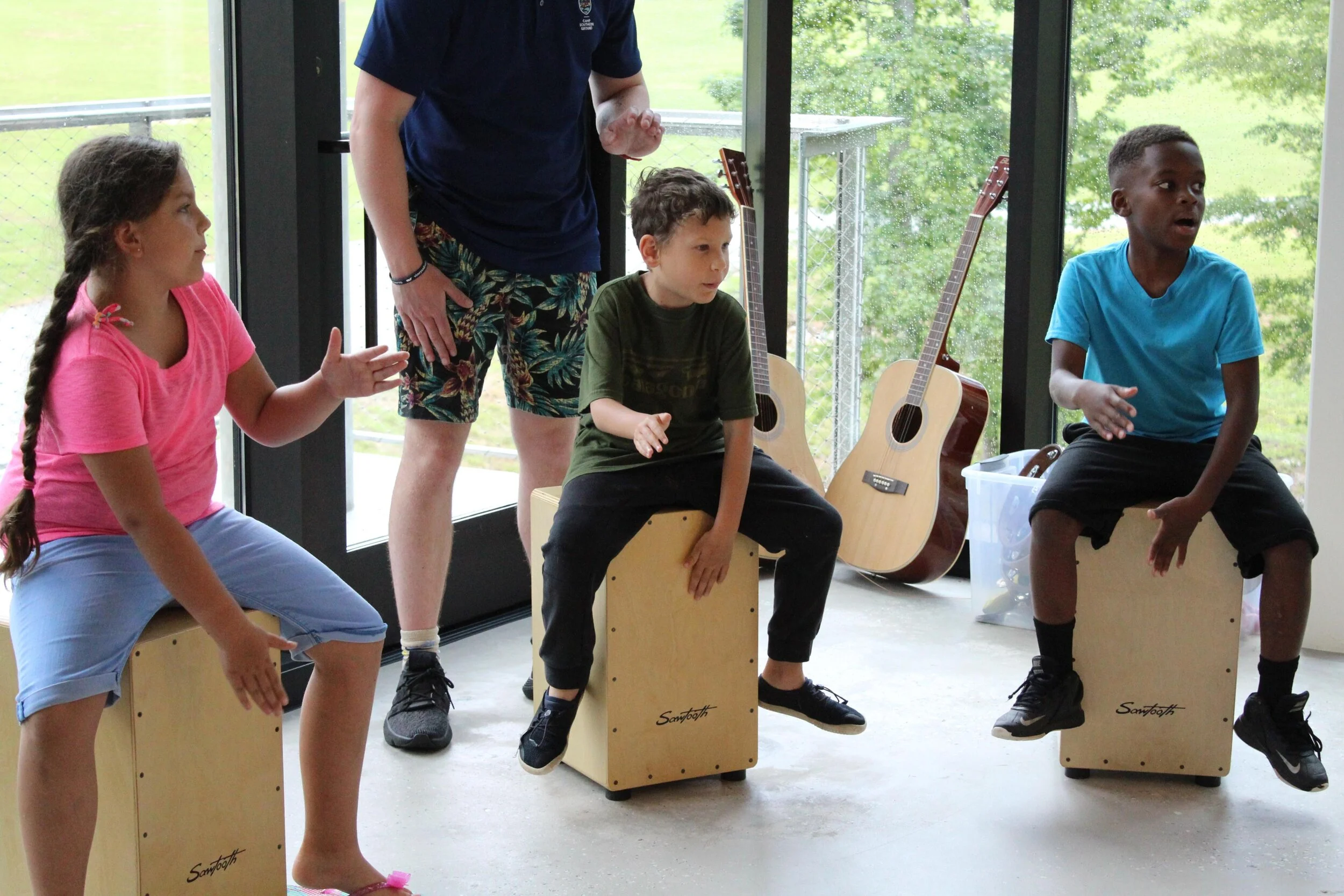Learning Together in Different Ways!
Greetings Campers and Families!
I hope you all are doing well and starting to settle into your new school routine, whatever that looks like. I know that with school, there can be a lot of confusion around how to help your child succeed in the best way. I have a lot of experience with this and the feelings of inadequacy surrounding school, as learning was not always easy for me. Growing up, I was no academic superstar. I quickly realized that my brother took all of those genes. Math was the hardest subject for me, as I remember countless nights sitting and crying at our kitchen table because I didn’t understand algebra the way that it was taught in class.
As I have gotten older, I have learned a few things that were able to help me process how my different interests and learning styles were not a hindrance, but totally normal. I hope you all will be able to take this information and use it to help your children during this time and hopefully save you all some sanity!
Let’s Do This!
There’s no right or wrong way to learn, but there are easier and harder ways.
Everyone learns differently!
There are different styles of learning that have a HUGE impact on the way we receive and process information. Discovering your child’s style of learning can be helpful and aid in frustration during school time throughout the day. Teacher Lists has a great checklist that you can do with your child to figure out their learning style. It also defines and provides tips for each style so that you are able to find what works best for your child. Here is some info from this website!
Auditory learners prefer listening to instructions rather than reading them and may like to study by reciting this information aloud. This type of learner could either prefer to have music in the background or could even be distracted by background noises. Strategies that work well for this style of learning include reciting information aloud, talking to others about what they are learning or creating a song out of the information.
Kinesthetic learners learn by doing and touching. This kind of learner may have trouble sitting still while learning and it may help for them to get up and move around. Strategies for this style of learning include doodling, doing hands on activities, taking frequent breaks,and underlining/highlighting while reading.
Visual learners learn best by using images, and reading or watching a demonstration. Children with this writing style benefit from seeing information in graphs or illustrations. Tips for this style of learning include: flashcards, drawing illustrations, study charts and tables, and color coding information.
Learning Together!
Being curious and exploring can help put any child into a “learning mindset”.
Interest drives learning!
KQED says that when we're interested in what we're learning, we pay closer attention, we process the information more efficiently, and we use more effective learning strategies such as engaging in critical thinking. When we're interested in a task, we work harder and persist longer, bringing more of our self-regulatory skills into play.
Emerging EdTech discusses 10 ways to increase your children’s interest in a subject and here are a few:
Understand their interests. It is important that you know your child’s interests before you start catering to them.
Make them see it as part of their daily life. Try to relate the subject to their daily lives and take this opportunity to talk to them about future career fields. Discuss how doctors, artists, police officers or dancers use this information to become successful.
Make it fun! They have to learn this “boring” subject regardless, so try making the learning process into a game, competition or even using a song or dance.
This sounds simple, but it can be extremely helpful to connect the educational content to your child’s interests and passions!
Lastly, this is Camp Southern Ground!
We believe down to our very core that differences and inclusion make us better, and that is why we celebrate differences and use them to empower our campers. It’s okay if your child needs extra support or resources in some areas. Just like at camp, not every camper masters all activities on the first try! We all will need help in some areas, whether it is learning how to ride a bike or holding someone’s hand on the ropes course.


